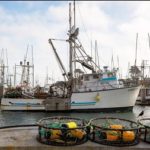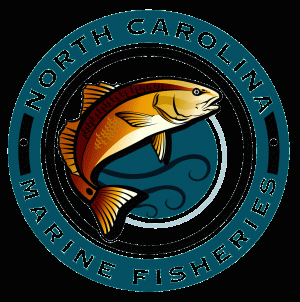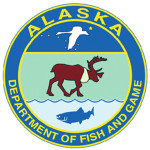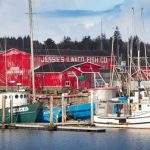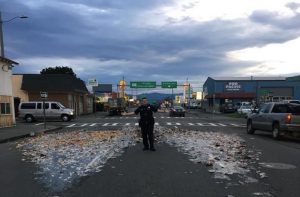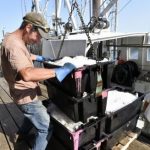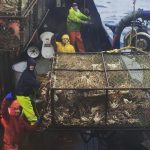Tag Archives: “Graying of the Fleet”
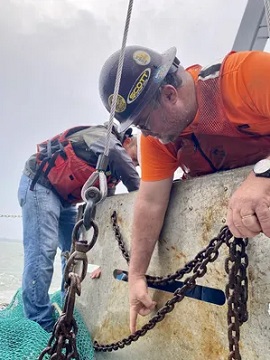
Saltwater Science Speaker Series presents oral histories of Georgia shrimpers
On June 29, the Marine Extension and Georgia Sea Grant held the first of three events in this summer’s Saltwater Science Speakers Series. Their anthropology project is aimed at recording the stories and experiences of local commercial shrimpers and their boats. Fluech and Tooks discussed how the commercial shrimpers who participated were skeptical of the researchers and their students at first. “It took time to build up the trust for them to be willing to go on record,” Tooks said. They research team essentially ran two studies. where the fishermen lend their names and voices to be archived in the Boat Stories initiative.Tooks explained that, “Once the stories are recorded and analyzed, they are no longer merely individual experiences. They become data. That data is then studied and eventually becomes science. Policy decisions are made based on science.” Photos, >click to read< 08:29
Share this post
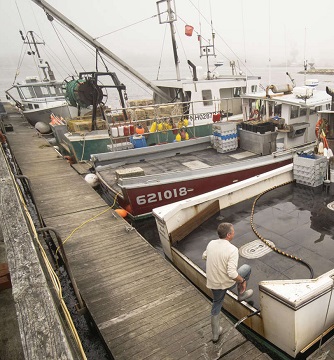
Commercial fishing in N.H. needs new people to survive
Traditionally, a fishing boat and business would be handed down within a family, but this kind of succession rarely happens anymore. That’s led to a “graying of the fleet,” and now the average lobster captain in New England is over 55 years old, according to the National Oceanic and Atmospheric Administration. “I saw more and more veteran captains retiring and no one locally was buying their boat and taking over their business,” said Andrea Tomlinson, the founder of the New England Young Fishermen’s Alliance, a nonprofit aimed at recruiting the next generation of fishermen. Tomlinson said there were 118 ground fishermen who were federally registered in New Hampshire in 2000, but by 2020, the number had dropped to 18, only three of whom are actively fishing for ground fish, which live near the ocean floor. >click to read< 11:16
Share this post
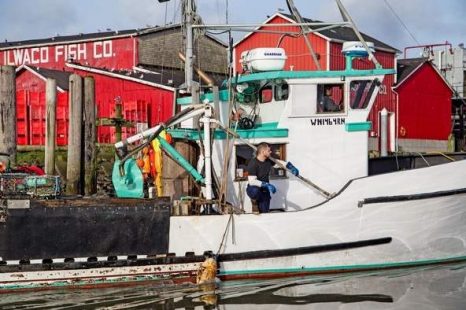
A raft of issues makes life harder for important fishery – Crabbers need community support as problems mount
The past several crab seasons can’t be described as all bad. For example, as recently as 2014-15, ex-vessel prices reached $4.50 a pound to fishermen in December, spiking to $9 just before Asian new year celebrations. Levels of the marine toxin domoic acid, which have occasionally been elevated, have not appeared to shake consumer confidence in crab. They remain a coveted culinary treat on both side of the Pacific Ocean. Crabbers in Washington and Oregon totaled $52.4 million in sales last year; crab remain a bright spot for the commercial fishing industry. Poke into this rosy picture a little, however, and serious concerns emerge. >click here to read< 12:53
Share this post
Alaska’s ‘graying of the fleet,’ – Some determined young fishermen are bucking the trend
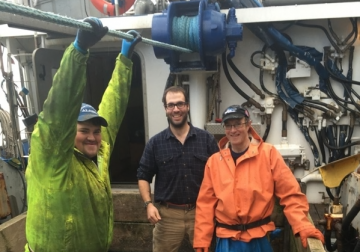 It takes about half a million dollars to get set up as a full-time fisherman — a heftier price tag than for a plush house. Today, a seine permit in the Kodiak region costs about $50,000. A salmon drift permit in Bristol Bay runs about $150,000. Halibut quota is being sold for upwards of $50 per pound, an increase from about $15 per pound in 2010. At today’s rate, a young person trying to buy into the halibut fishery either needs a million dollars in cash or be willing to pour all income into a loan payment. Here’s a brief look at some young Alaskans getting started in the industry that helped shape Alaska’s history and identity. Darren Platt, John Christensen, Ken Jones, Jake Everich, Amy Schaub, Luke Smith, Read the article here 09:08
It takes about half a million dollars to get set up as a full-time fisherman — a heftier price tag than for a plush house. Today, a seine permit in the Kodiak region costs about $50,000. A salmon drift permit in Bristol Bay runs about $150,000. Halibut quota is being sold for upwards of $50 per pound, an increase from about $15 per pound in 2010. At today’s rate, a young person trying to buy into the halibut fishery either needs a million dollars in cash or be willing to pour all income into a loan payment. Here’s a brief look at some young Alaskans getting started in the industry that helped shape Alaska’s history and identity. Darren Platt, John Christensen, Ken Jones, Jake Everich, Amy Schaub, Luke Smith, Read the article here 09:08
Share this post
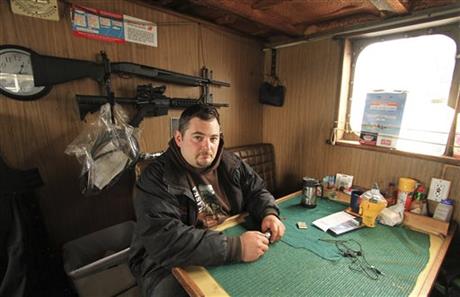
Numerous issues discourage young Alaskans from commercial fishing
Austin Sollars got his first paid commercial fishing job at 11, baiting hooks on a 74-foot halibut schooner that fished off the Aleutian Islands. Along with his father, he was part of a crew of nine, and he returned home with more than $30,000. When he turned 21, he took out a quarter-million dollar loan and bought a 54-foot fishing boat, the Jani-K. He catches salmon, halibut and gray cod in southeast Alaska, then heads to the Gulf of Alaska for black cod. Sollars, 30, is bucking a trend. Fewer young Alaskans are jumping into commercial fishing. A steep financial commitment, competition for fish, long periods away from home and uncertain fish prices play a part in the reluctance to fish. Read the rest here 07:44
Share this post
Graying of the Fleet project aims at young fishermen
 As older fishermen retire from the business, fewer young people are recruiting in. The average age of Alaska permit holders is 47 — and there are twice as many permit holders aged 45 to 60 as there are between 30 and 44. The issue – dubbed the Graying of the Fleet. Read more here 09:02
As older fishermen retire from the business, fewer young people are recruiting in. The average age of Alaska permit holders is 47 — and there are twice as many permit holders aged 45 to 60 as there are between 30 and 44. The issue – dubbed the Graying of the Fleet. Read more here 09:02
Share this post
UAF, Alaska Sea Grant, and AMCC to Study the “Graying of the Fleet”
A multi-year research project is underway in Alaska to identify the barriers facing young people who want to create successful commercial fishing businesses. KDLG’s Mike Mason tells the story. 15:27

































